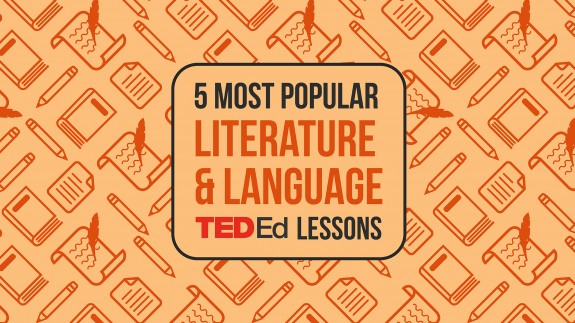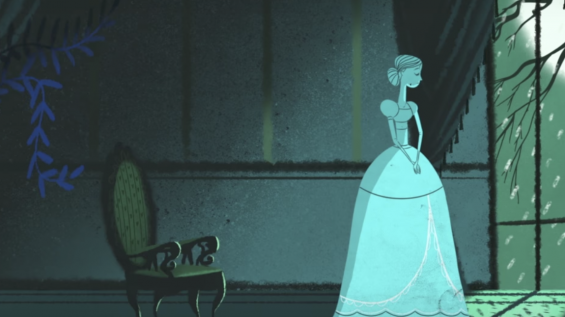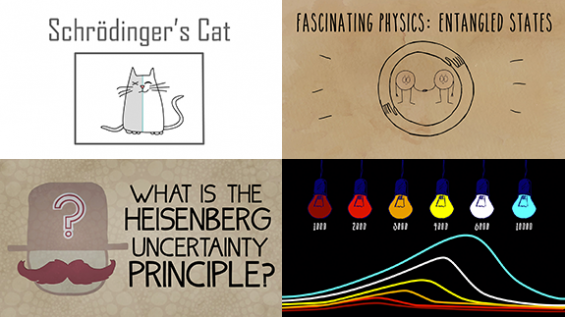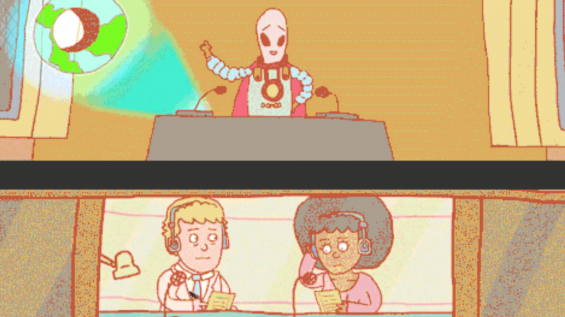
Top 5 most popular literature & language TED-Ed Lessons

If you’re ready to level up your working knowledge of literature and language, check out these five popular TED-Ed Lessons:
1. The language of lying
We hear anywhere from 10 to 200 lies a day. And although we’ve spent much of our history coming up with ways to detect these lies by tracking physiological changes in their tellers, these methods have proved unreliable. Is there a more direct approach? Noah Zandan uses some famous examples of lying to illustrate how we might use communications science to analyze the lies themselves.
2. What makes a hero?
What trials unite not only Harry Potter or Frodo Baggins but many of literature’s most interesting heroes? And what do ordinary people have in common with these literary heroes? Matthew Winkler takes us step-by-step through the crucial events that make or break a hero.
3. How to build a fictional world
Why is J.R.R. Tolkien’s Lord of the Rings trilogy so compelling? How about The Matrix or Harry Potter? What makes these disparate worlds come alive are clear, consistent rules for how people, societies — and even the laws of physics — function in these fictional universes. Author Kate Messner offers a few tricks for you, too, to create a world worth exploring in your own words.
4. What makes something “Kafkaesque”?
The term Kafkaesque has entered the vernacular to describe unnecessarily complicated and frustrating experiences, especially with bureaucracy. But does standing in a long line to fill out confusing paperwork really capture the richness of Kafka’s vision? Beyond the word’s casual use, what makes something “Kafkaesque”? Noah Tavlin explains.
5. Are Elvish, Klingon, Dothraki and Na’vi real languages?
What do Game of Thrones’ Dothraki, Avatar’s Na’vi, Star Trek’s Klingon and LOTR’s Elvish have in common? They are all fantasy constructed languages, or conlangs. Conlangs have all the delicious complexities of real languages: a high volume of words, grammar rules, and room for messiness and evolution. John McWhorter explains why these invented languages captivate fans long past the rolling credits.



